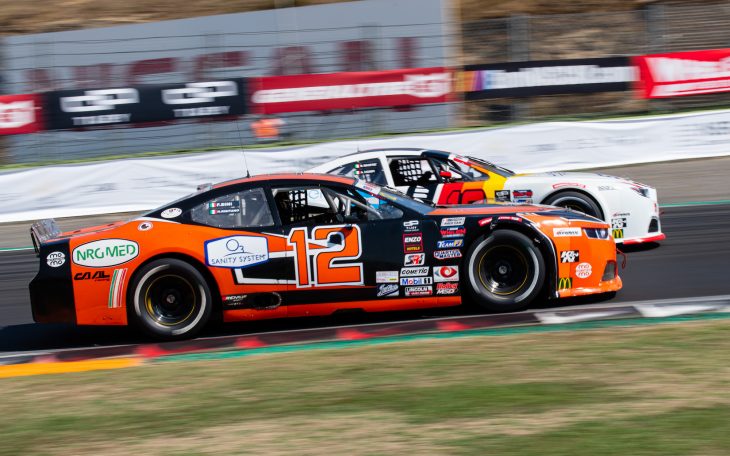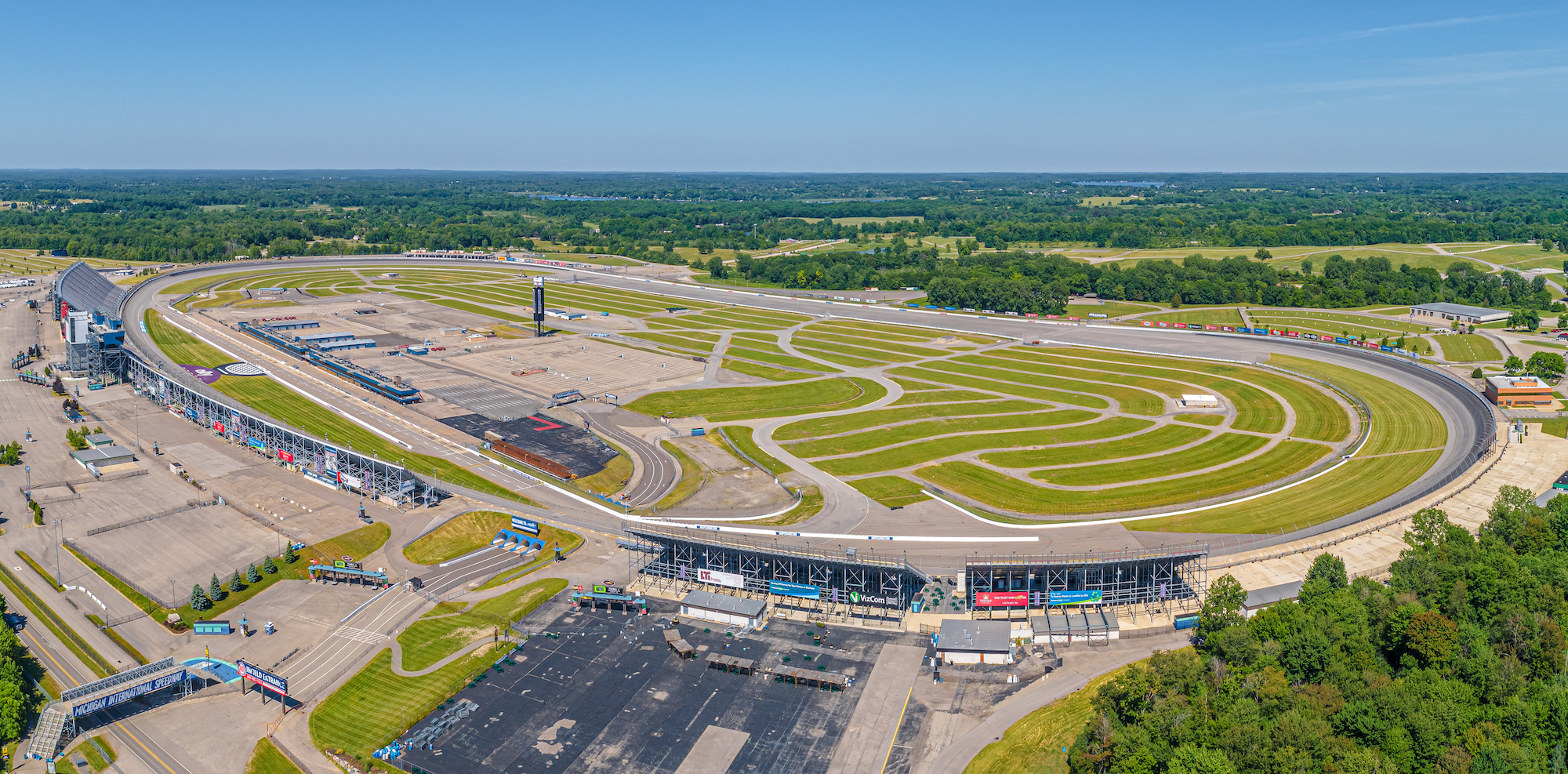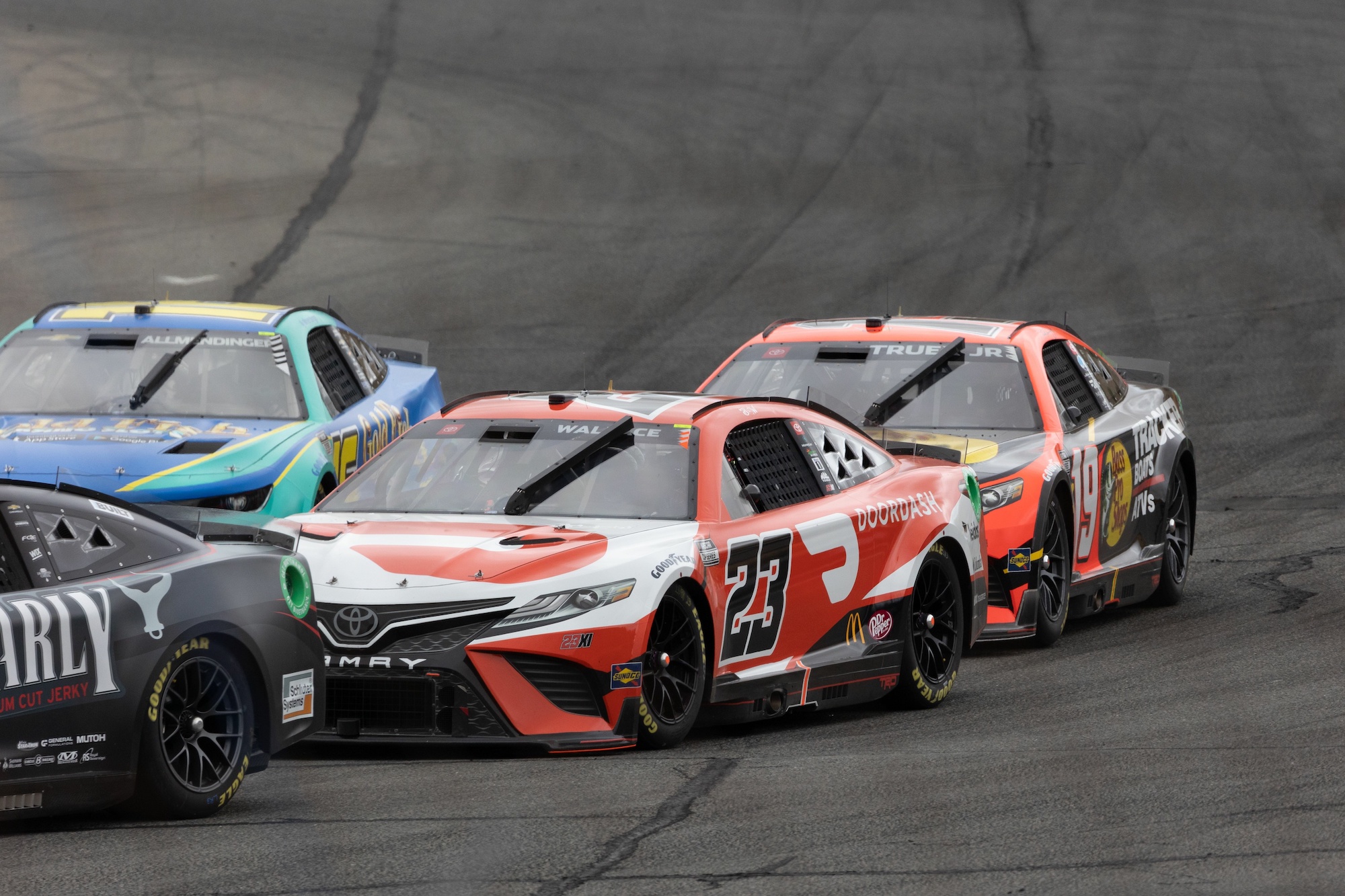
Are you ready to dive into the exhilarating world of NASCAR? Buckle up as we take you on a high-speed journey through 10 fascinating facts about this renowned stock car racing series. From its origins to record-breaking achievements, get ready to rev your engines and experience the thrill of NASCAR!
The Birth of NASCAR: Origins and Evolution
NASCAR, which stands for the National Association for Stock Car Auto Racing, was founded in 1948 by Bill France Sr. The sport initially began as an organized racing circuit for moonshiners turned drivers who modified their cars to outrun the law. Over time, NASCAR transformed into a professional racing series and is now widely recognized as one of the most popular motorsports in the United States.
The Iconic Daytona 500
The Daytona 500, often referred to as “The Great American Race,” is NASCAR’s most prestigious and highly anticipated event. Held annually at the Daytona International Speedway in Daytona Beach, Florida, this 500-mile race marks the beginning of the NASCAR Cup Series season. With its rich history and thrilling finishes, the Daytona 500 is a must-watch for motorsport enthusiasts.
Thunderous Engines and Impressive Speeds
NASCAR cars are true powerhouses. These stock cars feature V8 engines that produce over 750 horsepower, allowing them to reach mind-boggling speeds of up to 200 miles per hour (320 kilometers per hour) on the fastest tracks. The roar of the engines and the adrenaline rush of high-speed battles make NASCAR a captivating spectacle.
NASCAR’s Unique Racing Tracks
NASCAR events take place on a variety of tracks, each with its own characteristics and challenges. The tracks can be classified into two main types: ovals and road courses. Ovals are oval-shaped tracks where drivers race in a counter-clockwise direction, while road courses feature left and right turns, similar to traditional street circuits. From the iconic Bristol Motor Speedway to the twisting Watkins Glen International, NASCAR offers a thrilling mix of track types.

Pit Stops: Mastering the Art of Speed and Precision
During a race, pit stops play a crucial role in a team’s success. These lightning-fast stops allow teams to refuel the cars, change tires, and make necessary adjustments. Skilled pit crews can complete a pit stop in as little as 12 seconds, showcasing their precision and teamwork. Every second counts, and a well-executed pit stop can give a driver a significant advantage on the track.
The Intensity of Drafting
Drafting is a strategic maneuver used by NASCAR drivers to gain a speed advantage. When two or more cars line up closely, the lead car creates a slipstream, reducing air resistance for the trailing cars. This technique enables trailing cars to conserve fuel and achieve higher speeds. Drafting plays a pivotal role in NASCAR races, often leading to breathtaking overtakes and thrilling battles for position.
NASCAR’s Most Successful Drivers
NASCAR has seen numerous legendary drivers who have left an indelible mark on the sport. Names like Richard Petty, Dale Earnhardt Sr., and Jeff Gordon are synonymous with NASCAR excellence. Richard Petty, known as “The King,” holds the record for the most NASCAR Cup Series wins with an astounding 200 victories. These drivers’ legacies continue to inspire the next generation of racers.
Safety Innovations: Protecting Drivers on the Edge
Safety has always been a top priority in NASCAR. Over the years, the sport has implemented various safety innovations to protect drivers in the event of a crash. NASCAR introduced the “SAFER Barrier” (Steel and Foam Energy Reduction) to absorb impact during collisions, reducing the risk of injury. Additionally, drivers are equipped with advanced safety gear, including fire-resistant suits, helmets, and Hans devices (head and neck support).
NASCAR’s Global Influence
While NASCAR’s roots are firmly planted in the United States, the sport has gained international recognition and influence. NASCAR races have been held in countries such as Canada, Mexico, and Japan, expanding its fanbase across borders. Moreover, international drivers, like Formula 1 champion Lewis Hamilton, have shown interest in competing in NASCAR, further showcasing its global appeal.

The NASCAR Hall of Fame: Honoring Legends
To immortalize the achievements and contributions of the sport’s greatest personalities, NASCAR established the NASCAR Hall of Fame in Charlotte, North Carolina. The Hall of Fame celebrates the drivers, team owners, crew chiefs, and other influential figures who have made significant impacts on NASCAR’s history. A visit to the Hall of Fame is a journey through the sport’s rich heritage and a chance to pay tribute to its legendary icons.
Conclusion
NASCAR is more than just a racing series; it’s a heart-pounding experience that captures the imagination of millions of fans worldwide. From its humble beginnings to its present-day status as a global motorsport phenomenon, NASCAR continues to push the limits of speed, skill, and excitement. So, strap in and get ready for the next thrilling lap of this adrenaline-fueled journey!
Frequently Asked Questions (FAQs)
How long is a NASCAR race?
NASCAR races vary in length, with the most common distance being 400 to 500 miles. However, some races, such as the Coca-Cola 600, are as long as 600 miles.
How many cars participate in a NASCAR race?
NASCAR races typically feature a field of 40 cars, each driven by a professional driver.
How many NASCAR Cup Series championships has Jimmie Johnson won?
Jimmie Johnson, one of NASCAR’s most successful drivers, has won a remarkable seven Cup Series championships.
What is the purpose of restrictor plates in NASCAR?
Restrictor plates are used in certain NASCAR races to limit the amount of air and fuel that enters the engine, reducing speeds and promoting closer competition.
How many turns does the Talladega Superspeedway have?
The Talladega Superspeedway, known for its high-speed racing, has four turns, each with a banking angle of 33 degrees.
Was this page helpful?
Our commitment to delivering trustworthy and engaging content is at the heart of what we do. Each fact on our site is contributed by real users like you, bringing a wealth of diverse insights and information. To ensure the highest standards of accuracy and reliability, our dedicated editors meticulously review each submission. This process guarantees that the facts we share are not only fascinating but also credible. Trust in our commitment to quality and authenticity as you explore and learn with us.
